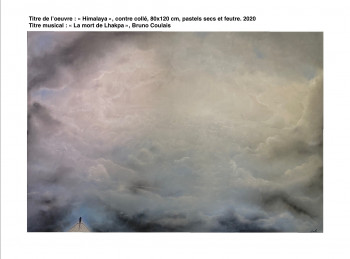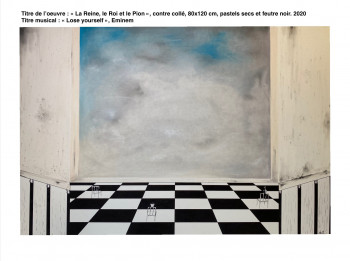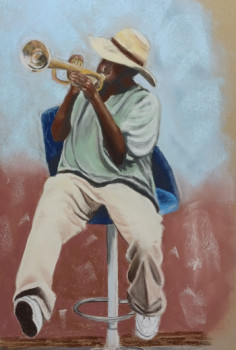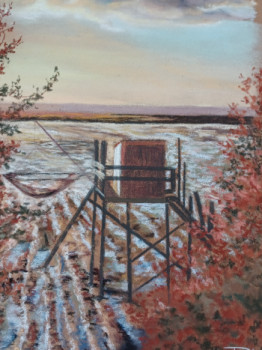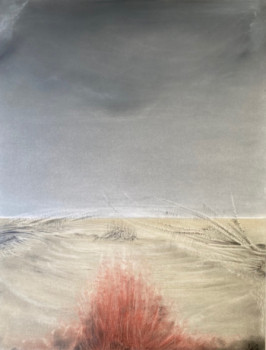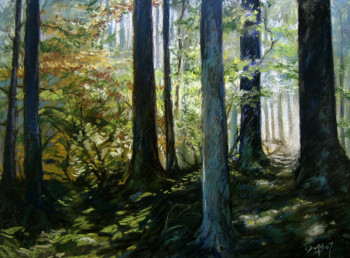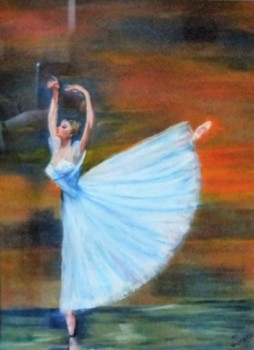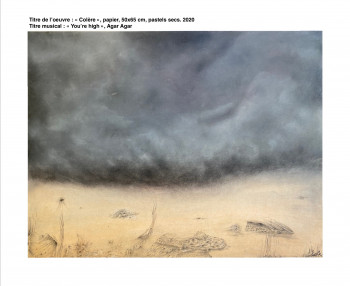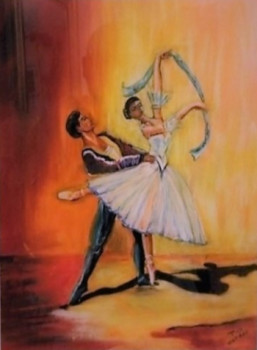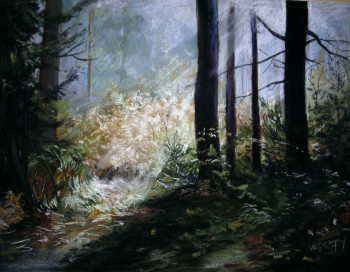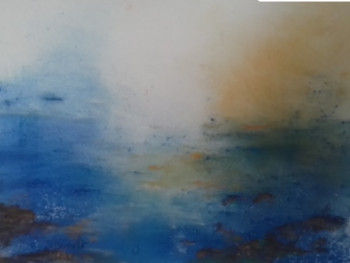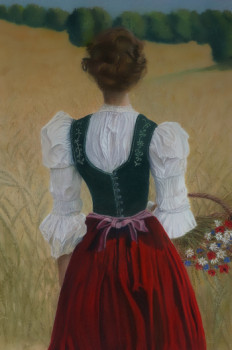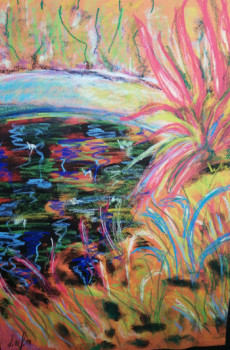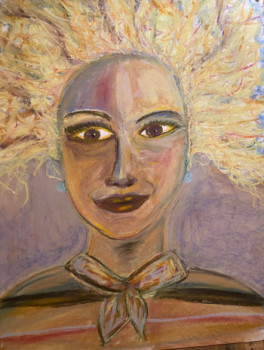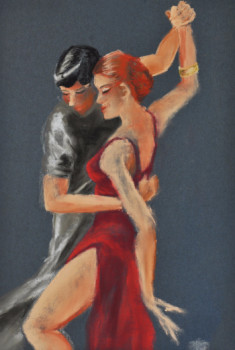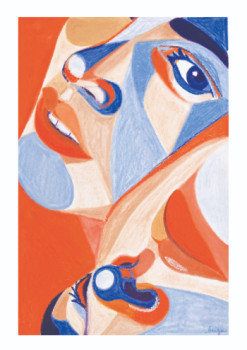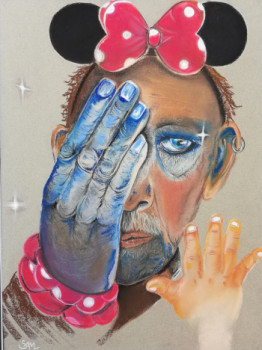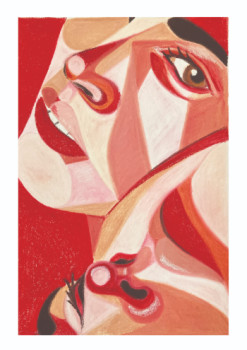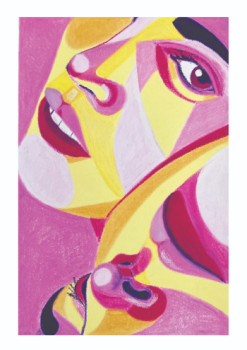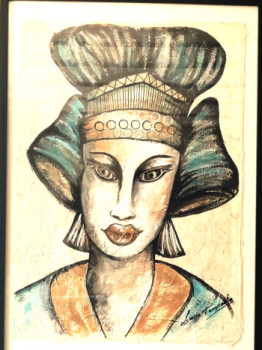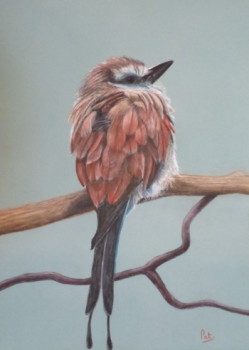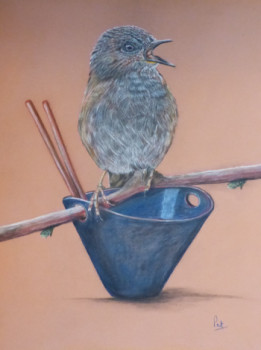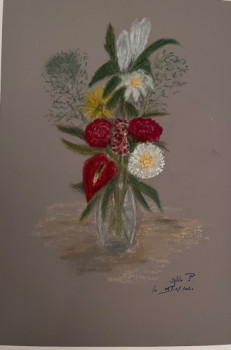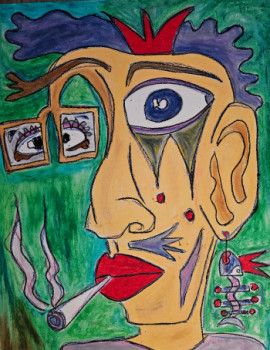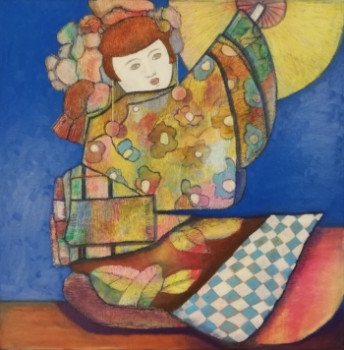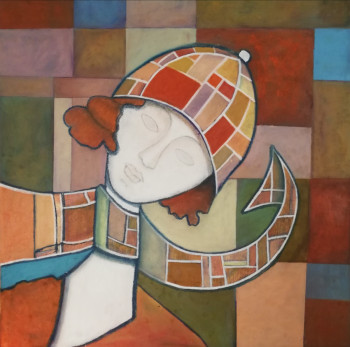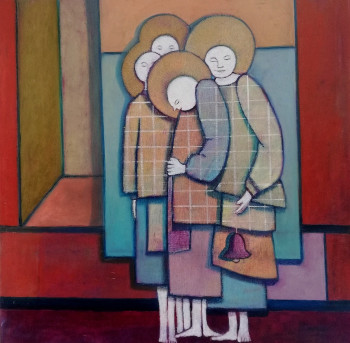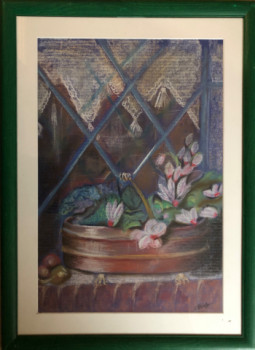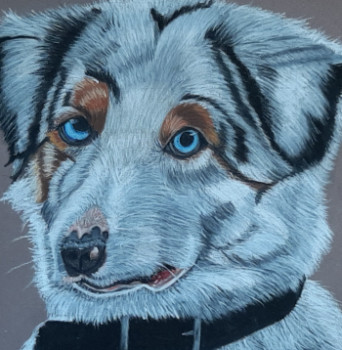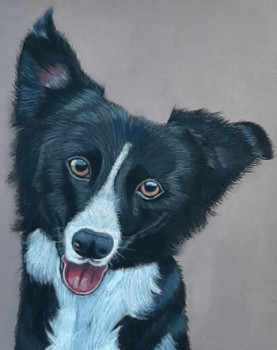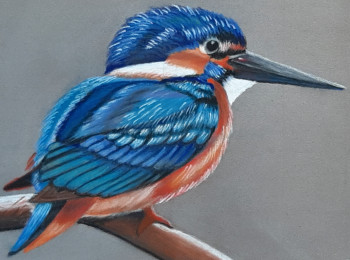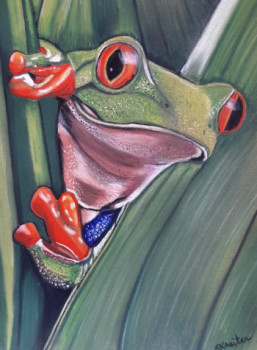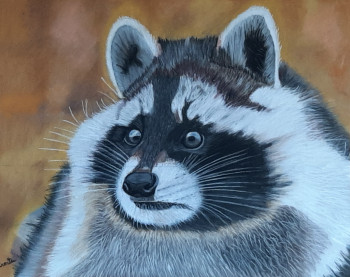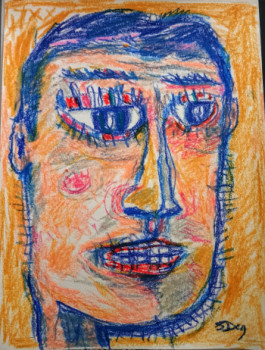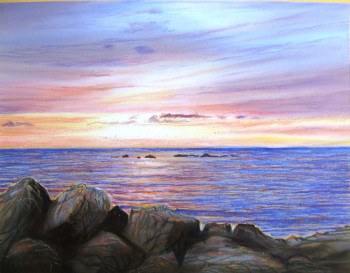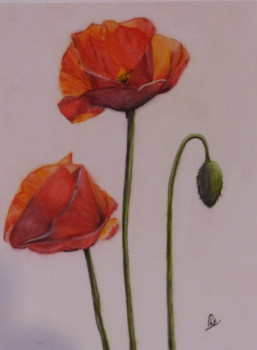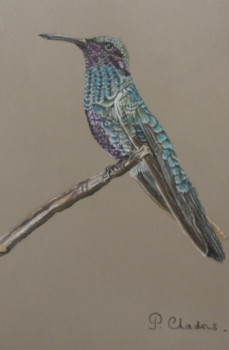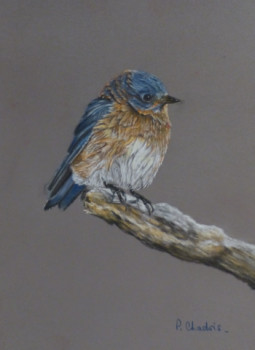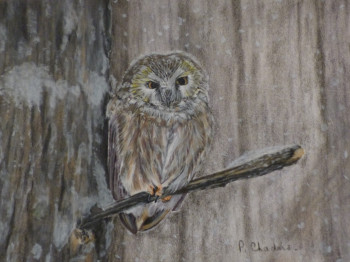
Pastel drawing
The pastel technique is a subtle blend between drawing and painting. Some artists favor blending while others prefer to superimpose thick layers of color. In any case, the result is attractive There are more and more fans of this art which truly brings out the authenticity of a work. Indeed, a pastel painting will have its own thicknesses and mixtures of colors, positioned in the right direction. s according to the artist's style, which will be difficult to imitate.
Works whose conservation is excellent
The composition of the pastel sticks used by the designer comes from natural and noble materials. In fact their color is obtained using based on mineral pigments such as ocher and sienna, organic pigments such as sepia, phthalocyanines, azoic pigments or even vegetable pigments such as isatis tinctoria. This herbaceous plant called dyers' pastel or even woad grows to 100%. the wild state. To give them the familiar texture, the sticks also contain a filler, generally chalk or plaster. Finally the consistency of these ingredients and the solidity of the product. The bonding of the concrete is ensured by a binder. It is this binder which will condition the two types of pastel, dry or oily, used by the designer. This is gum arabic for dry pastels, and oil or wax for fat pastels.
These primary stick manufacturing techniques, using no chemicals, give the pastel paintings a unique robustness. Pastel is much more stable than the majority of pastels. paints. The designer does not need to use fixatives which over time alter the quality of the drawing. and the velvety finish pastel works. The designer will also not need to use a siccative, or more commonly a drying accelerator, which tends to deteriorate. dull the colors. Pastel works are thus preserved perfectly. They only fear dust and humidity, so the ideal is to protect them with glass.
Works full of history
These ancestral manufacturing techniques, unchanged for centuries, give pastel paintings an authentic, intergenerational aspect, which crosses the ;epochs while being loaded with history. Their rough support, generally at heavy weight, reinforces this feeling of uniqueness. and purity when we observe them.
The pastel drawing brings out all the creativity of the artist. and the world of the designer
The designer has the possibility to to use pastel sticks in multiple ways. If his drawing requires precise lines, he will use the edge of the concrete. On the other hand, he will use the edge to draw the surfaces. It will crush the material if it wishes to accentuate an area of color. The combination of these techniques allows for a great variety of applications. textures and renderings. The designer can thus let his creative universe speak and reproduce his ideas with precision.
The pastellist can also choose different color combination techniques. He can apply colors simply, juxtapose them, blend them, or superimpose them. Pastel drawing does not allow you to mix colors on a palette. The application and dosage of colors must be done directly on the support, with the tone perfectly correct. In fact, pigments are very covering, it is practically impossible to cover a light color with a strong tint like red or black. This difficulty makes all the beauty of this art, forcing the designer to demonstrate precision and concentration.
Pastel designs are all the rage
In recent years, pastel drawing has enjoyed great success among art lovers and also among people wishing to decorate their interior. Symbolizing a true return to basics, pastel drawing is appreciated throughout the world. by its purity and its simple language. Finding their place in contemporary, romantic or country style interiors, pastel designs are popular with many decoration addicts. Brightness colors radiate to the places where they are exposed.
Pastel drawing has soothing properties
Also very popular with lodges, guest houses and even hotels, pastel designs come from ;sumptuously decorate the travelers' rooms. The non-aggressive lines of these works and their soft colors harmoniously complement a bedroom. to sleep. Some hotel groups and even certain companies like to break the overly architectural or industrial aspect of their furniture or their building by exhibiting pastel designs.
The pastel drawing has a colorful side. mysterious
The different techniques used to create a work in pastel give dynamism to the landscapes or characters which, thanks to the different reliefs, appear to be perpetually in motion. The drawing thus has a side of its own. mysterious, to the extent that the different orientations according to which it is observed give different dimensions to it. the scene depicted. These paintings are very attractive to the eye, which is why many do not hesitate to buy them. hang some. True centerpieces, they accentuate the focal point of a place (first place where the eyes land when entering). This is therefore the point around which many decoration enthusiasts build the rest of their design. Among the numerous pastel drawings by artists referenced on ARTactif, some will be adapted from seamlessly and smoothly. any type of interior.

